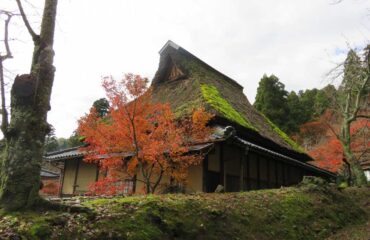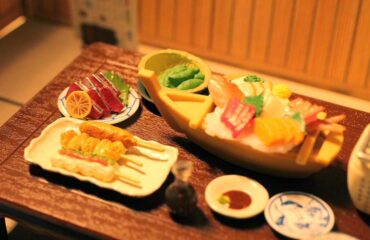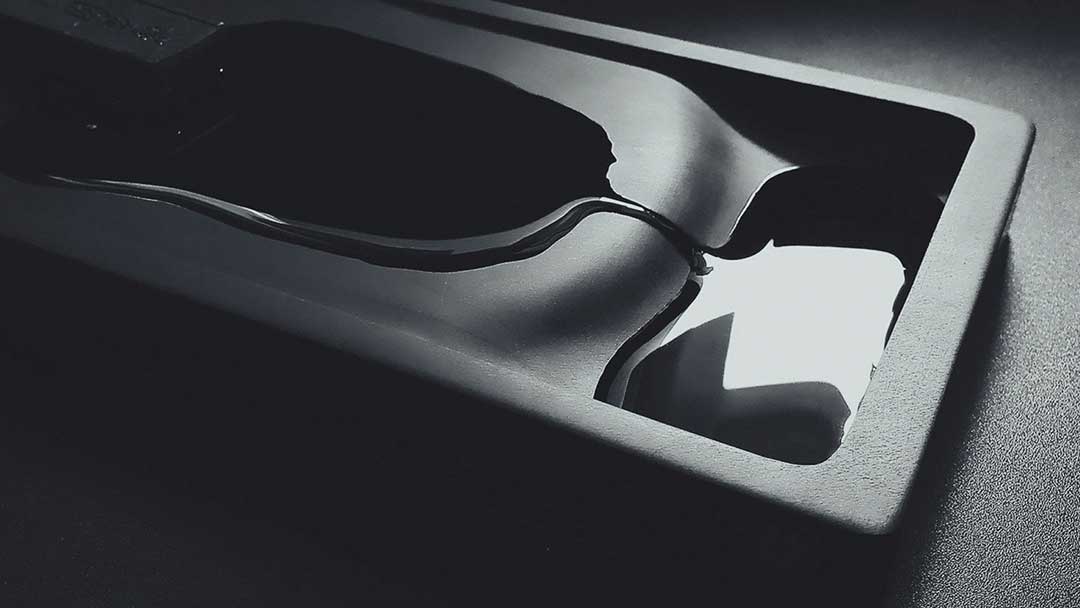
About shodo
Shodo is a vibrant form of artistic expression, where emotions and thoughts are conveyed through characters written with a brush, or “fude”, and ink, or “sumi”.
More than simply writing characters, Shodo serves as a medium for self-expression, an intersection of art, culture, and personal sentiment.
In mastering Shodo, one not only acquires the skill to write beautiful characters but also develops focus and discipline.
It’s a journey of personal growth, a spiritual training ground, making Shodo much more than a writing exercise.
The process of learning Shodo often begins with “shuji”, or penmanship, taught in schools.
However, the two differ in a significant aspect: while shuji stresses on the accuracy of stroke order and the aesthetic balance of characters, Shodo allows for creative interpretation of characters.
Bold, unconventional representations of characters find acceptance in Shodo, emphasizing its core objective: expressive writing.
Shodo generally bifurcates into two main categories: “kanji” and “kana”. A third category, “kanji-kana majiri”, combines the two for a more nuanced style of writing.
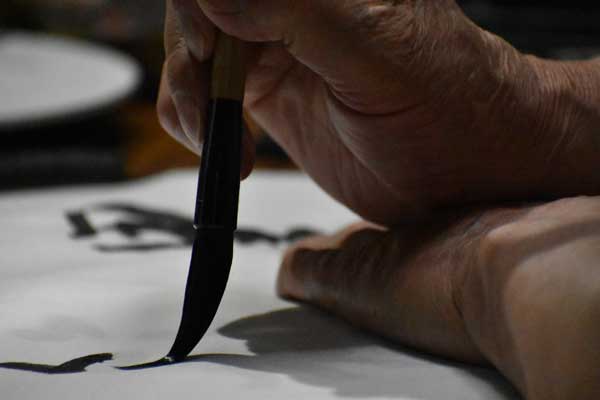
The Origin of Shodo
The inception of Shodo is often traced back to its voyage from China to Japan.
The art form was well established in China, a culture steeped in the tradition of kanji characters.
Shodo made its way to Japan during the Asuka and Nara periods, between the 6th and 7th centuries.
This was a time when Buddhism was gaining traction in Japan, and the transcription of Buddhist sutras, or “shakyo”, carried the influence of Shodo with it.
Simultaneously, the crafting methods for essential tools in Shodo – brushes, sumi, and the techniques for sieving paper – were also introduced.
The ability to write with brushes and sumi was considered a crucial cultural accomplishment, especially among the samurai and nobility.
Over time, just like many other cultural, artistic, and recreational activities, Shodo evolved from being exclusive to the samurai and nobles to becoming prevalent among the general populace.
Today, Shodo’s influence is so pervasive that almost every Japanese person has had some encounter with it, whether through calligraphy classes, school lessons, or on ceremonial occasions like traditional gift envelopes (“noshi”) and New Year’s greeting cards.
The custom of writing the first calligraphy of the New Year, known as “kakizome”, remains a popular tradition, further illustrating the deep-rooted impact of Shodo on contemporary Japanese life.
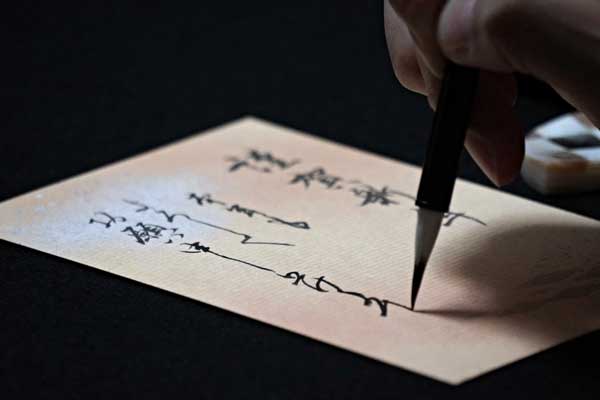
3 types of calligraphic styles in shodo
There are 3 types of calligraphic styles :
Kaisho, often termed as the block style, stays true to form and precision.
It is marked by careful attention to detail and each stroke and character are written accurately.
Gyosho, the semi-cursive style, is a step beyond Kaisho.
Here, individual strokes and points are broken down, introducing a sense of freedom and fluidity to the writing.
Sosho, the cursive style, takes artistic liberty to another level.
It further deconstructs the Gyosho style by neglecting points and strokes, resulting in a flowing and often abstract interpretation of the characters.
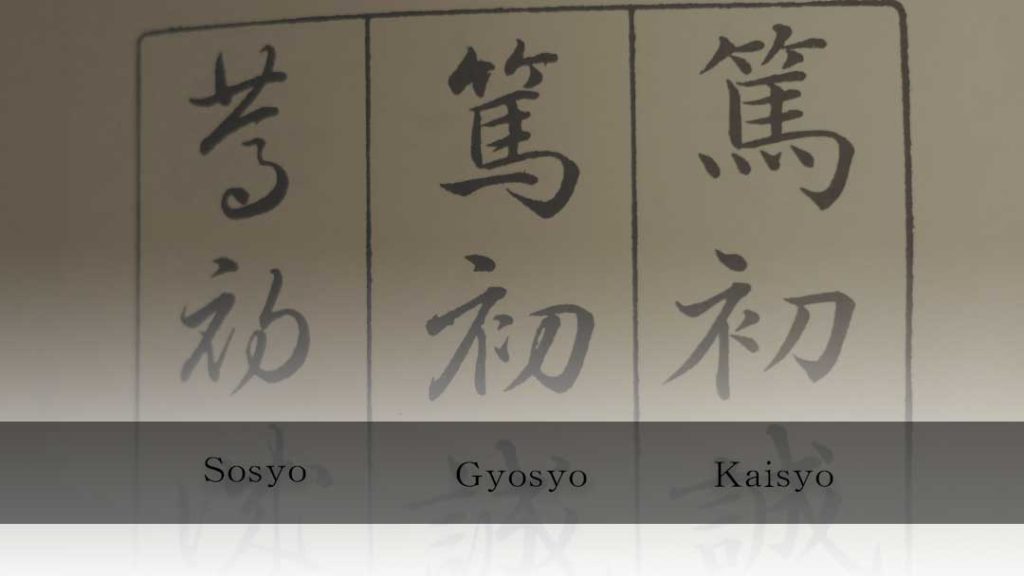
The Four Treasures of Shodo
In Shodo, the four essential tools – brush, sumi, suzuri (ink stone), and paper, often referred to as “The Four Treasures,” are held in high regard. Each tool brings its unique contribution to the artwork.
Brush
Traditionally made with animal hair from horses, sheep, cats, weasels, rabbits, and raccoon dogs, modern brushes are commonly made with sheep’s hair due to the dwindling availability of these animals.
Brushes vary in length (long, medium, and short) and in the hardness of hair.
For instance, a long brush with soft sheep’s hair produces a smooth, fluid line, whereas a short brush with hard sheep’s hair offers elasticity and strength, creating strong and tight lines.

Sumi
Sumi ink is made by hardening soot from pine or oil with a binder, usually animal glue.
The ink’s color can vary, ranging from black to varying hues depending on the water quality, weather, temperature, and humidity.
The intensity of sumi can be manipulated to create different effects; carefully ground sumi produces vibrant and tense work, while lighter sumi results in refreshing and refined pieces.
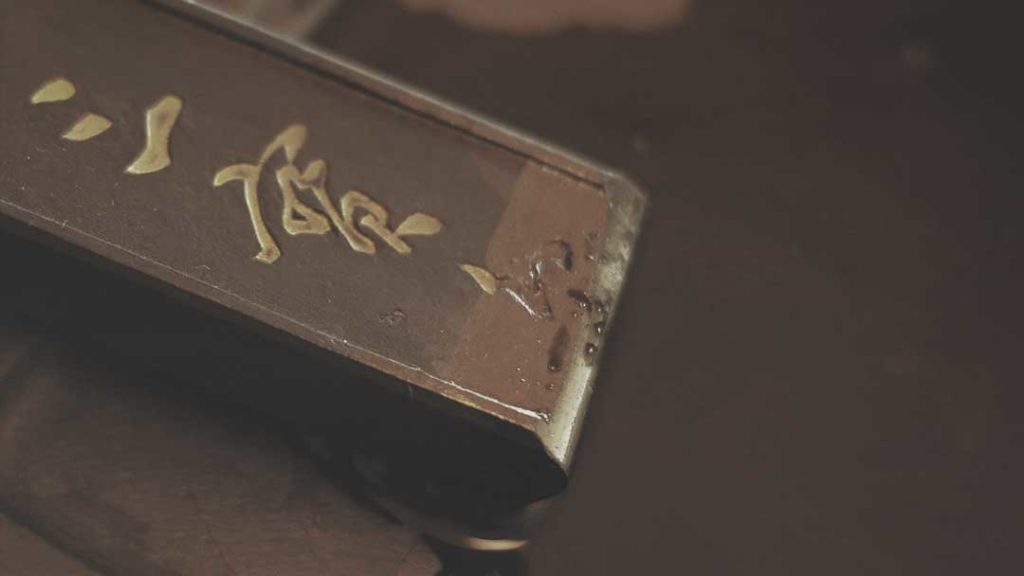
Suzuri
The best suzuri is said to be made from slate. However, modern times have seen the production of suzuri from artificial rocks.
The quality of a suzuri is judged by how well it grinds sumi.
A good suzuri helps create smooth, glossy sumi-colored works without damaging the brush.
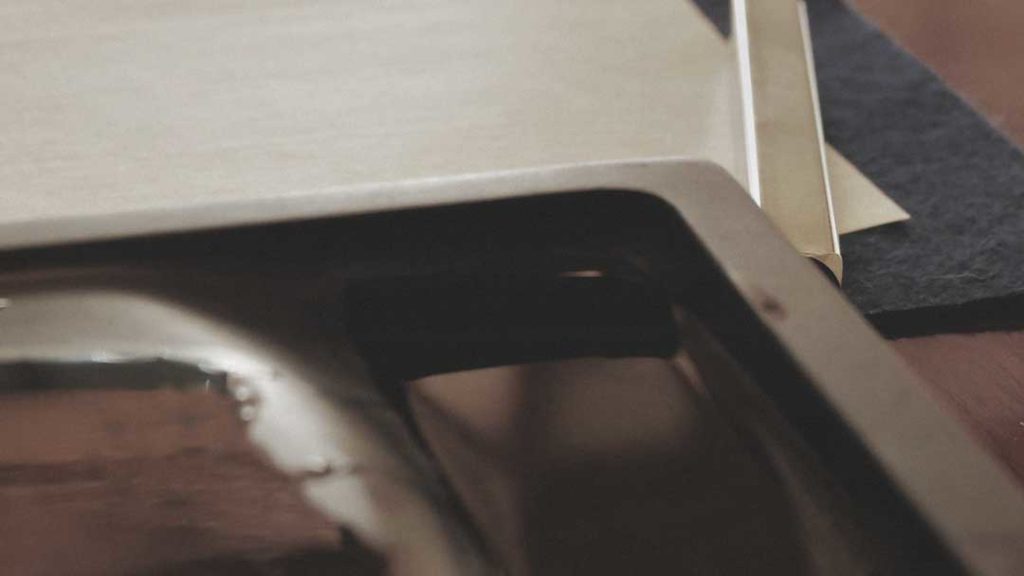
Washi, Japanese paper
Traditional Japanese calligraphy is performed on washi (Japanese paper) or karagami (Chinese paper).
Selecting the right type of paper is crucial as it impacts the artwork significantly.
Some artists prefer torinoko paper for kana writing, as it makes the character clear and accentuates the brush strokes’ changes.
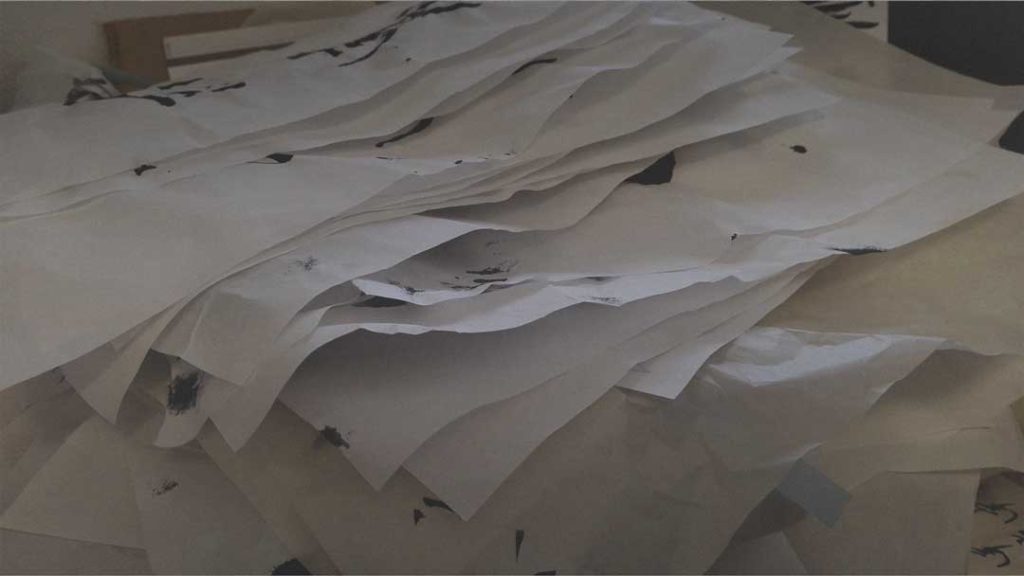
Conclusion
Shodo is a traditional culture that not only makes a piece of work, but it also enjoys the appreciation of other works, and that allows you to enjoy collecting your favorite tools.
If you have difficulty in collecting tools or you don’t have enough time, I recommend you start with penmanship using calligraphy pens in terms of writing letters easily.
Thank you for reading to the end.

